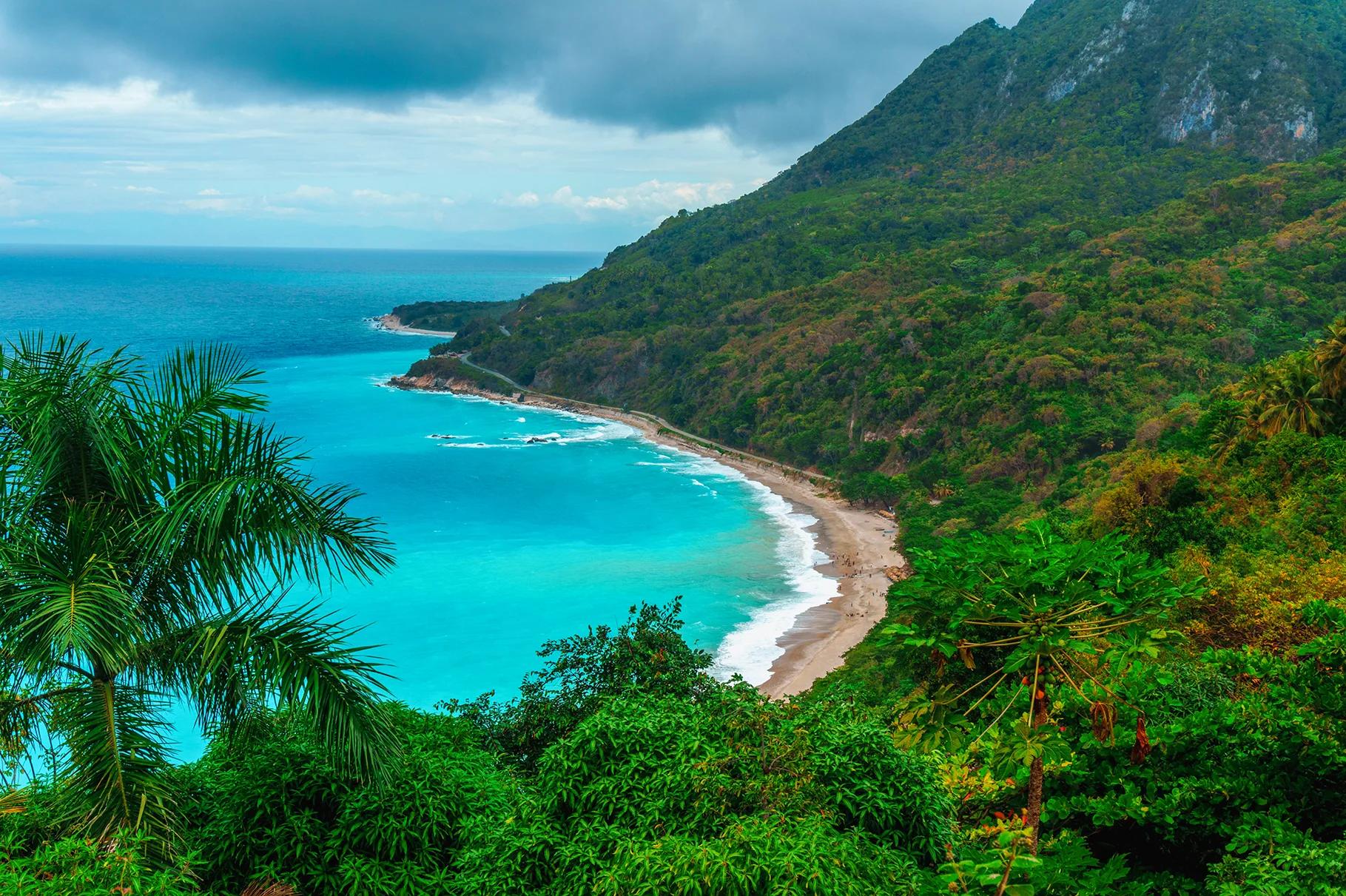
Dominican Republic
I do not have too many reasons To give you an account of this love. When it came, from where. It is a little plant that will never wither, because it is watered by the grace of kissing you.
Cristino Gómez
Love and nature
Cristino Gómez is not only a young Dominican poet (he was born in 1987), he is also a teacher at an agronomy institute in his country. It is therefore no coincidence that his poems are often inspired by nature and that the verses that open this page are so perfect to tell us about our work as well. "A small plant that will never wither" in Gómez's poem is the plant of love for a person, but it also beautifully describes the love for nature and local communities. The same love we put into realising all our projects, including those in the Dominican Republic.
Moreover, Cristino Gómez was born in Loma de Cabrera, which is exactly in that area, on the border between the Dominican Republic and Haiti, where we are working and will continue to work in the coming years. It is an area where coexistence between man and the natural environment is not always easy, and especially in recent times has seen an increase in the exploitation of the land for agricultural and livestock use.
The territory
The territory of the Dominican Republic occupies the eastern two-thirds of the island of Hispaniola, the western third of which belongs to Haiti. To the south, the island is washed by the Caribbean Sea and to the north by the Atlantic Ocean. With the exception of a large coastal plain in the southeast and a low plateau in the centre of the country, much of the Dominican territory is mountainous.
The climate of the Dominican Republic is typically tropical Caribbean and the most significant phenomenon is certainly tropical storms or, worse, hurricanes, the tropical cyclones of the Atlantic and Caribbean. The period when the Dominican territory can be hit by hurricanes is from June to November, but it is between August and October that this eventuality is most likely to occur. These extreme phenomena used to be rarer, but in recent years various studies indicate an increase in their frequency. Less destructive than hurricanes are tropical storms, which can nevertheless cause considerable damage, especially in inland mountainous areas, where they cause landslides and flooding.
Treedom in the Dominican Republic
We have been working in Haiti since 2012, so we have been present for more than a decade on the island of Hispaniola, gaining experience that has been the best premise to start work also in this, which is a new country for us, but whose territory is for the most part consistent, in environmental and climatic terms, with the Haitian one. Especially since the start-up area of these first projects (which we intend to develop and expand over time) is in an area close to the border with Haiti.
We are in the departments of Dajabon and Santiago Rodriguez, on the border strip between the Dominican Republic and Haiti. This is an area of weak economic development, in which the pressure of anthropic activities is particularly strong on the environment: agricultural and livestock breeding activities have triggered an increasing intensity of deforestation to create space for cultivation and grazing. Moreover, economic activities in the area are predominantly agricultural, very often monocultural and not very mechanised.
3 lines of work for 1 result
The projects we are developing in this part of the Dominican Republic will follow three main lines of work. The first concerns the reforestation of certain slopes whose soils have been particularly degraded and are therefore subject to the risk of runoff and potentially landslides. Restoring tree cover protects the soil from direct rain and holds it back thanks to the presence of roots.
The second involves planting trees, mostly fruit trees, within agroforestry contexts with the involvement of local farming communities, following what is the most classic of our working models: they plant, they harvest. The third is to help local authorities improve the management of local nurseries for the production of trees for planting. Three lines of work to achieve the same result: contributing to a greener and fairer land. A project we look forward to growing further. There is only a small note to add that with this project, we want to integrate the people who have migrated from Haiti through agroforestry projects with strong economic benefit (it is a surplus, a must to be made).
16,223
trees planted in Dominican Republic
70
beneficiaries involved in Dominican Republic
